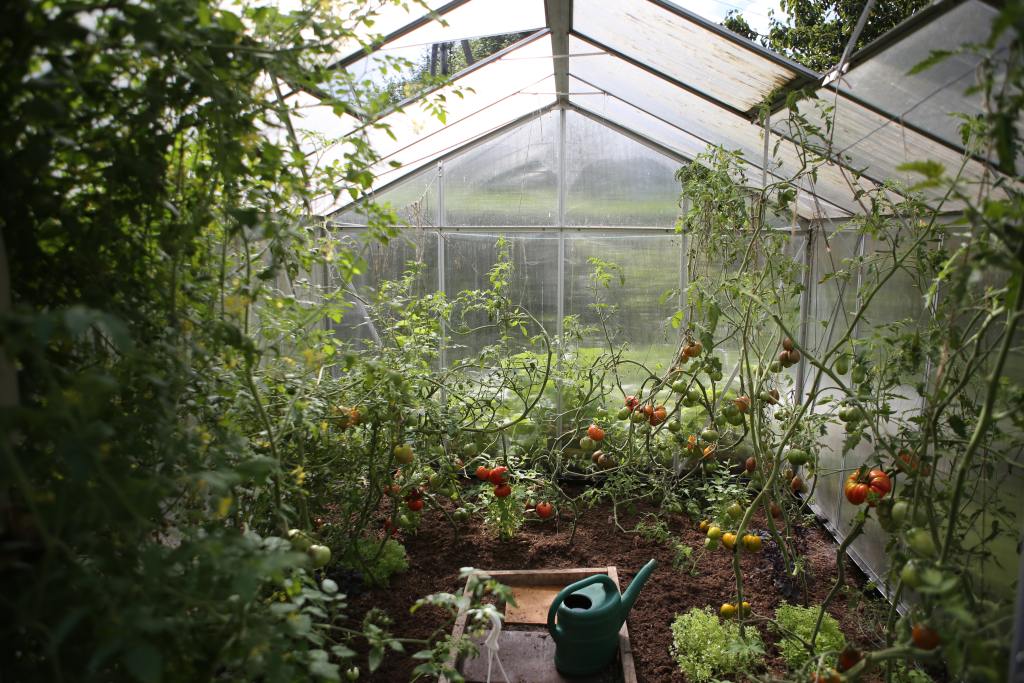Establishing a homestead is a dream for many, and when it encompasses 15 acres, the possibilities seem endless. One of the essential elements to consider is the strategic planting of windbreak trees on your 15 acre homestead. These trees play a crucial role in creating a sustainable and thriving environment. They offer protection against the harsh winds, which can be detrimental to both your home and your crops. By investing in the right windbreak trees, you not only enhance the beauty of your land but also improve its overall productivity.

Benefits of Windbreak Trees on a Homestead
Having windbreak trees on your 15 acre homestead comes with numerous advantages. First, they reduce wind speed, which can minimize soil erosion, a common issue on expansive properties like yours. This protection helps maintain the fertility of your soil, ensuring that your crops and plants grow healthily. Additionally, erosion control is essential in safeguarding your land’s long-term viability.
Energy Efficiency and Wildlife Habitat
Another significant benefit is energy efficiency. By blocking cold winds in the winter and providing shade in the summer, windbreak trees can help reduce your heating and cooling costs. Furthermore, they create a habitat for various wildlife species, promoting biodiversity on your homestead. Encouraging wildlife can lead to a more balanced ecosystem, which is crucial for a self-sustaining farm.
Choosing the Right Trees for Your Homestead
Selecting the appropriate windbreak trees for your 15 acre homestead is vital. Factors like climate, soil type, and available space should guide your decision. Consider native species as they are generally well-adapted to the local environment and require less maintenance. It’s also important to choose a variety of trees to ensure a diverse and robust windbreak.
Planting and Maintenance Tips
Proper planting and maintenance are crucial for the success of your windbreaks. Ensure that trees are planted at the correct spacing to allow for growth and to maximize their windbreaking potential. Regular maintenance, such as pruning and monitoring for pests, will help keep your windbreak healthy and effective. You might find the winter prep guide for your homestead helpful in planning seasonal maintenance.
Designing Your Windbreak
The design of your windbreak can significantly impact its effectiveness. A well-designed windbreak should have multiple rows of trees and shrubs, with the tallest trees in the center and shorter ones on the edges. This arrangement helps in slowing down the wind gradually, providing optimal protection for your homestead.
Incorporating Other Elements
Consider integrating other elements into your windbreak design, such as hedges or fences. These can enhance the windbreak’s effectiveness and also serve as additional barriers for livestock or as privacy screens. For ideas on integrating structures, check out homestead design ideas.
Maximizing the Benefits of Windbreaks
To get the most out of your windbreak trees, think about how they can serve multiple purposes. Besides protection and energy efficiency, they can be used for timber, fruit production, or even as a source of income through agroforestry practices. Diversifying the functions of your windbreaks can add significant value to your 15 acre homestead.
Community and Environmental Impact
Implementing windbreaks not only benefits your homestead but also contributes positively to the local environment. Enhanced biodiversity and reduced soil erosion can improve water quality and reduce the risk of flooding. This makes your homestead a valuable asset to the broader community.

FAQs
How do windbreak trees reduce energy costs?
Windbreak trees can lower energy costs by reducing the chill factor of cold winds in winter and providing shade in summer, which decreases the need for artificial heating and cooling.
What types of trees are best for windbreaks?
Native species are often the best choice for windbreaks as they are adapted to local conditions and require less maintenance. Consider a mix of evergreen and deciduous trees for year-round protection.
How do windbreaks benefit wildlife?
Windbreaks create habitats for various species, promoting biodiversity. They offer shelter and food sources for birds, insects, and small mammals, contributing to a balanced ecosystem.
For more insights on homesteading, visit choosing land for homestead living.





